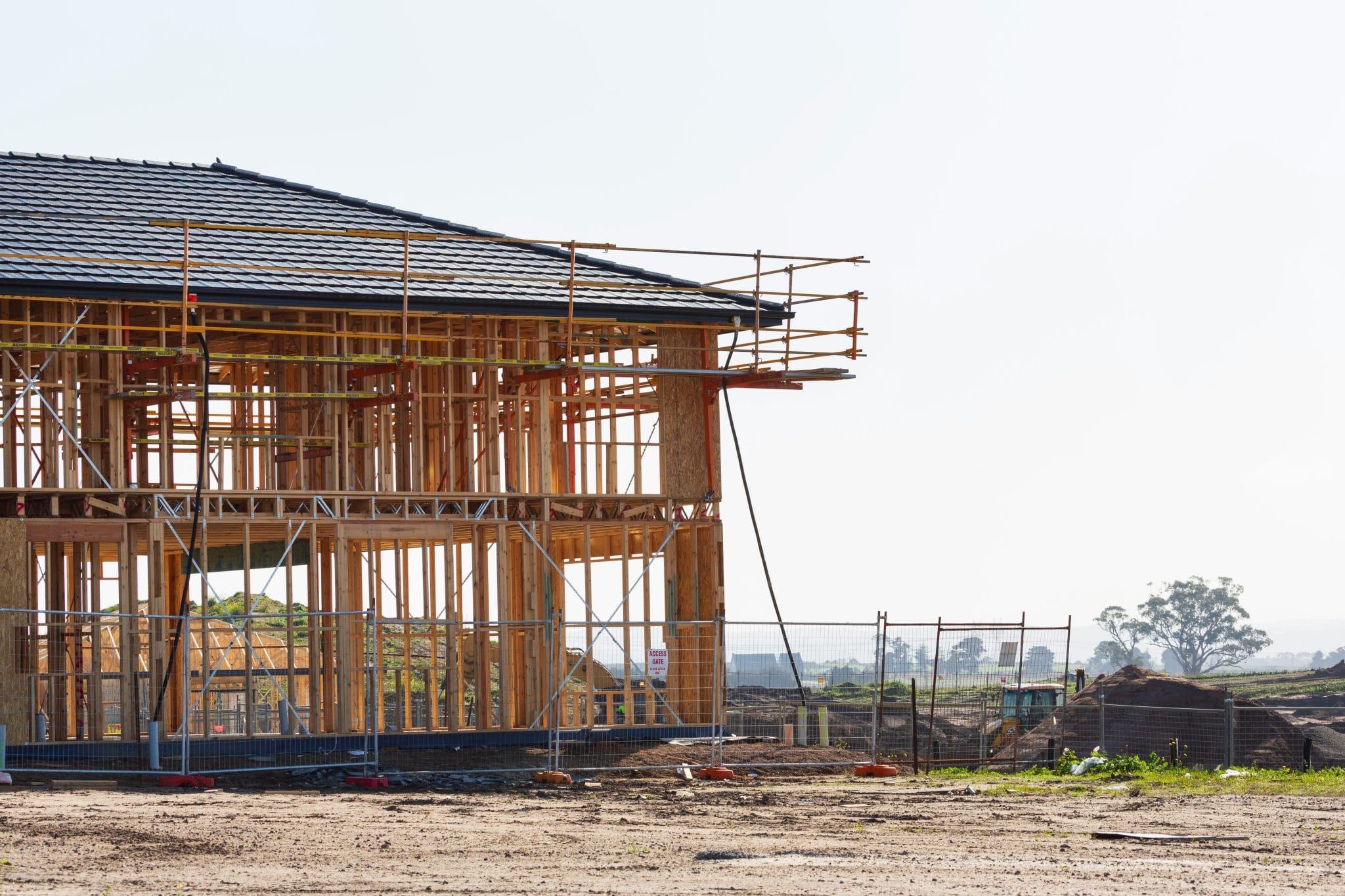Sustainable Building Materials in New Construction
Sustainable building materials have become a hot topic in the construction industry in recent years. With the increasing concern for our planet’s limited resources and the negative impact of traditional construction methods, many professionals in the industry are now turning to more eco-friendly options. New construction projects present an opportunity for incorporating sustainable building materials to not only reduce their carbon footprint but also improve the overall quality and longevity of the building. In this article, we will delve into the world of sustainable building materials and their role in new construction projects.
What are Sustainable Building Materials?
Sustainable building materials can be defined as materials that have a low impact on the environment both during their production and throughout their life cycle. These materials are typically sourced from renewable resources, have a reduced carbon footprint, and promote energy efficiency. They are also non-toxic and have a minimal negative impact on human health. Sustainable building materials are often made from recycled or repurposed materials, and they can be reused or recycled at the end of their life cycle.
The Importance of Using Sustainable Building Materials in New Construction
The construction industry is responsible for a significant amount of the world’s energy consumption and carbon emissions. Using sustainable building materials in new construction projects can help reduce this impact and promote a more eco-friendly approach to building. These materials use fewer resources and emit fewer greenhouse gases during production, making them a more sustainable choice for new construction projects.
In addition, using sustainable building materials can also improve the overall performance and durability of a building. Many of these materials have superior insulation properties, which can reduce energy consumption for heating and cooling. They are also less prone to wear and tear, resulting in lower maintenance and replacement costs in the long run. Moreover, sustainable building materials can also improve the air quality inside the building, promoting a healthier living or working environment.
Examples of Sustainable Building Materials
1. Bamboo
Bamboo is a highly sustainable building material that has been used for centuries in construction. It is a versatile material that can be used for flooring, walls, and even as a structural component. Bamboo is a fast-growing grass that can be harvested without causing any harm to the environment. It also has excellent strength-to-weight ratio, making it a viable alternative to traditional building materials like wood and concrete.
2. Recycled Steel
Recycled steel is an environmentally friendly building material that is made by melting down existing steel and reshaping it into new products. This process uses less energy and produces fewer carbon emissions compared to making new steel from scratch. Recycled steel is commonly used in construction for framing, roofing, and reinforcing materials.
3. Cork
Cork is a renewable and biodegradable material that is harvested from the bark of cork oak trees. It is a popular choice for flooring, as it is durable, insulating, and resistant to moisture. Cork is also a natural fire retardant, making it a safe building material.
4. Rammed Earth
Rammed earth is a method of building walls using a mixture of soil, clay, and water. It is a sustainable building technique that has been used for centuries, and it is still prevalent in many parts of the world. This method relies on natural and locally sourced materials, making it a sustainable and cost-effective option for new construction projects.
Final Thoughts
Sustainable building materials are a crucial aspect of new construction projects. They not only have a lower impact on the environment but also offer improved performance and durability compared to traditional building materials. With the increasing focus on sustainability, it is essential for professionals in the construction industry to embrace these materials and incorporate them into their projects. By using sustainable building materials in new construction, we can build a greener future for generations to come.











